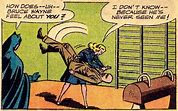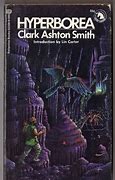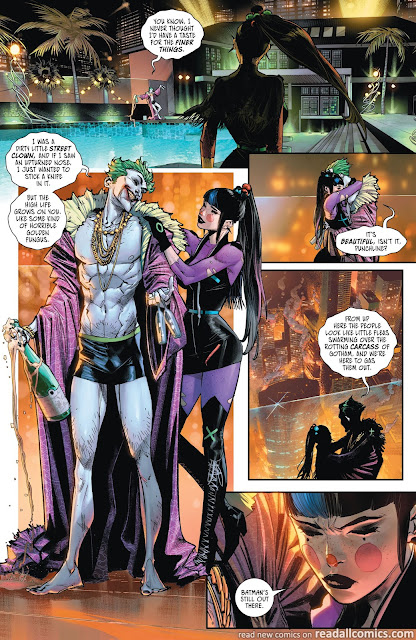I'm not heading these observations under "The Reading Rheum" because the novel in question-- THE DARK FOFEST, second part of a trilogy by Chinese writer Cixin Liu-- was so terrible that I couldn't do more than spot-read it. Based on the reputation of the trilogy-- which begat a current streaming series, THE THREE BODY PROBLEM-- I probably would never have even attempted a read. But I'm in a book group, and other members wanted to read it, so I wanted to become at least moderately conversant with the content. So this is less an analysis than a rant.
I had a similar experience trying to plow through the first book, THREE BODY PROBLEM, which sets up the main conflict. An alien civilization, named "The Trisolarans" by Earthpeople, plots to exterminate the Earth's population. They have sent a fleet to destroy the world, but they also seek to "soften the Earthlings up" with "sophon-particles." With these particles, the aliens can monitor every possible defense the planet can muster. Fortunately for the humans, a brilliant Chinese scientist detects broadcasts by the aliens and begins mounting theoretical strategies. But they have to be careful not to do anything that the Trisolarans can monitor.
So PROBLEM is an empty exercise in which the main conflict doesn't come close to resolution in that novel but is put off for the next two, which take place over ensuing decades. THE DARK FOREST is the second of these overhyped potboilers, and some reviews thought it the best of the trilogy. For me it was just more of the same.
Since the days of science fiction's early development in the early 20th century, the genre has been tasked, not unfairly, for producing narratives in which some scientific concept is explicated at length by an expert in biology, cosmology or whatever to some fascinated audience, in theory the stand-ins for the readers. The century was characterized by a pushback against that image, as writers sought various ways to use either poetic or naturalistic language to overcome the specter of the dreaded "information download."
Yet something changed about a lot of the science fiction of the 21st century, at least from my point of view. Many of the most celebrated SF writers began to use their novels as political podiums. There had been considerable political content in a lot of 20th-century works, but most of them tried to tie the ideology to stories with some genre-content: espionage, war, romance. This ensured that readers could enjoy the stories as genre-exercises even if they disagreed with the ideological content.
FOREST is a book with nothing but ideological content, expoused by characters more paper-thin than anything in Ray Cummings (a 1920s writer, who wasn't good but was still more readable than Cixin Liu). Liu throws in various phony-baloney impostures of character interplay, but he hasn't the slightest ability to create organic fictional figures. Ironically, in an early chapter, two writers discuss how to create good characters like those of "Shakespeare and Balzac and Tolstoy." One writer tells the other that the way they did so was to imagine the characters so strongly that they seemed to be real. This is stupid beyond all words, even if Liu covers his drivel by claiming that this approach runs converse to the movements of "postmodernism" and "deconstruction"-- movements which have their own problems but may not be nearly as dull as Liu.
Since I didn't read the book cover to cover, I can't speak to Liu's ideology, though I don't believe he really renounces Marxism or the Chinese Communist Party. But the true ideological appeal of Liu is probably not Communism per se, but the culture of China in all its historical manifestations. I speculate that this is the main appeal of the trilogy. Most readers of the 21st century have never read Chinese authors, not even the more recent celebrated literary works like Mo Yan's 1987 RED SORGHUM. (I have, and by virtue of brevity alone it's better than anything Liu has written.) So Liu wrote a big long science fiction story in which nothing is resolved in the first two books, and to me it appears the trilogy has no virtue but allowing audiences to see what science fiction would look like from the POV of a Chinese writer.
One minor benefit of the trilogy is that once or twice Liu clownishly works in a few pop-fiction references which are just as superficial as his characters. In one such reference, a character states that next to the Trisolarans, humans are like "the Flintstones." In the same chapter there's a confused dialogue that brings up the movie-version of Superman, and one character thinks it hilarious to think that "Superman" broke his back in a horse-riding incident, even though another person of course makes the correction that it was just the actor who had played the superhero. There may some ideological content here, since three or four times, characters disavow any claim to being "supermen" of any kind. But then there's a weird moment where another character changes himself into a "human bomb"-- that is, securing an explosive to his body so that no one can touch him-- and even references, in his dialogue, the episode of the 1950s SUPERMAN teleseries, "The Human Bomb," for God only knows what reason.



































